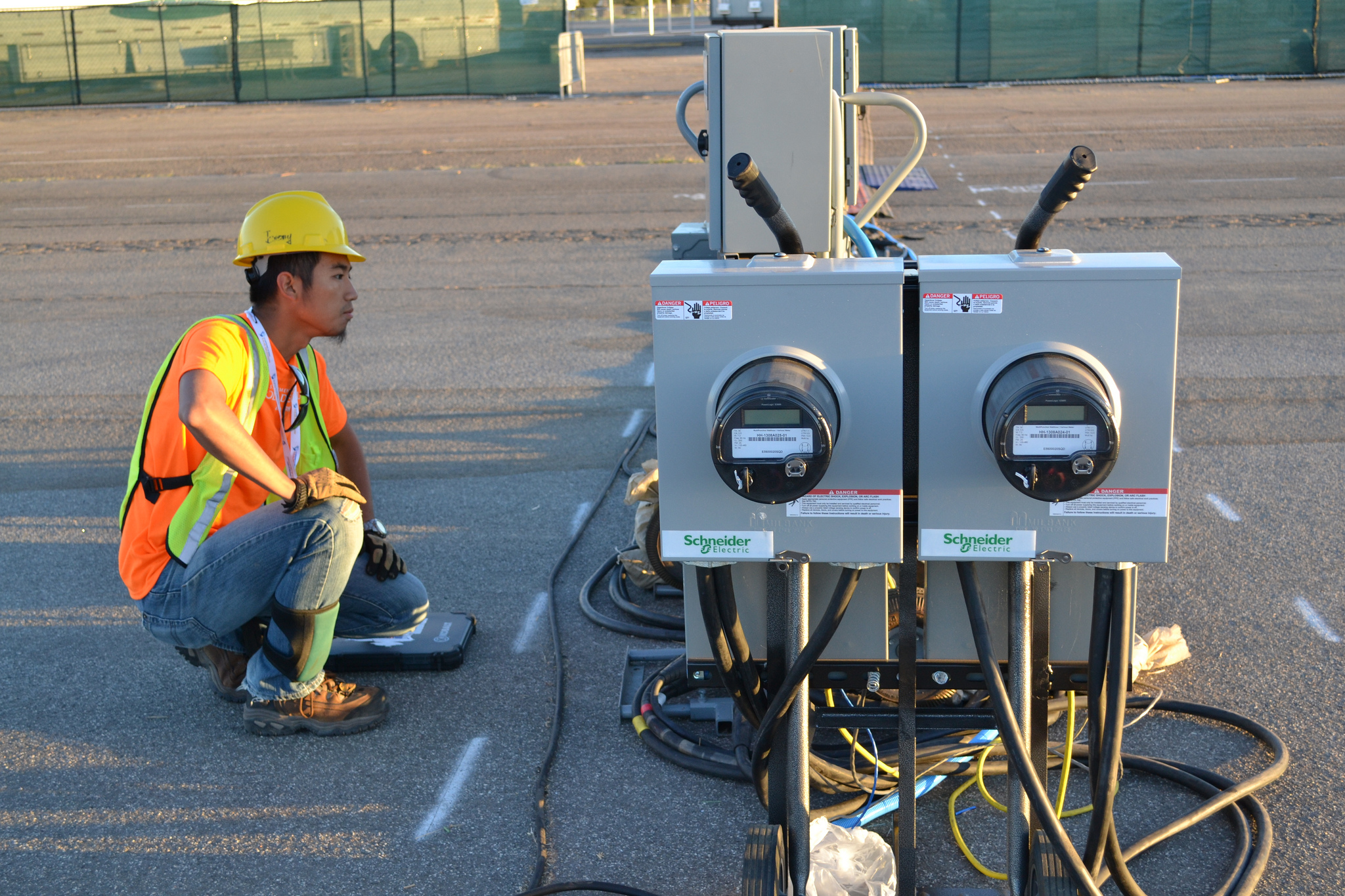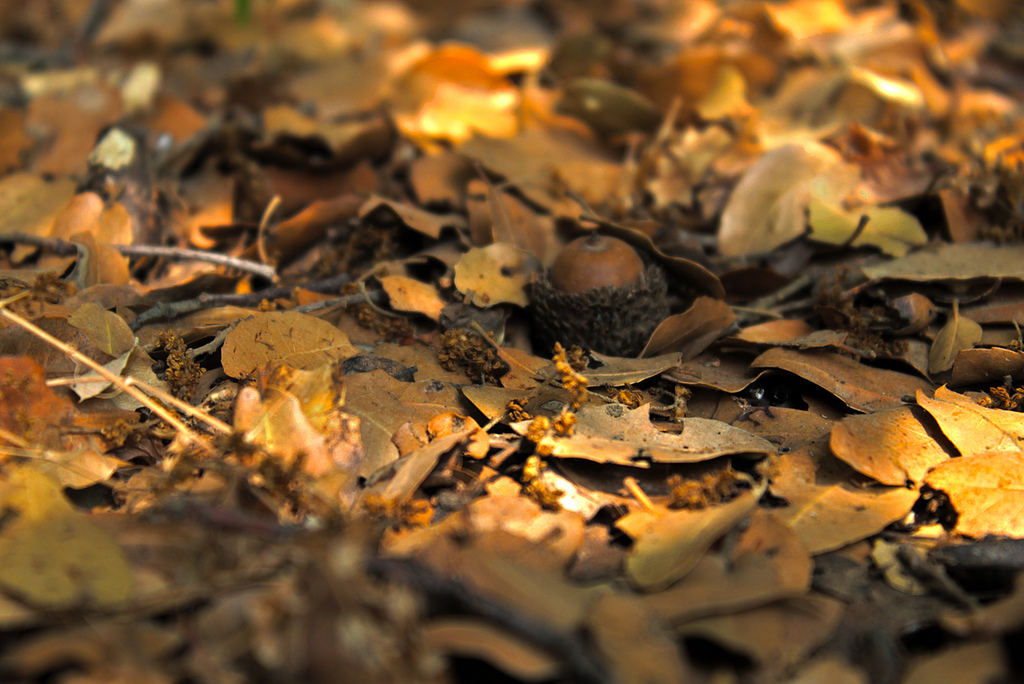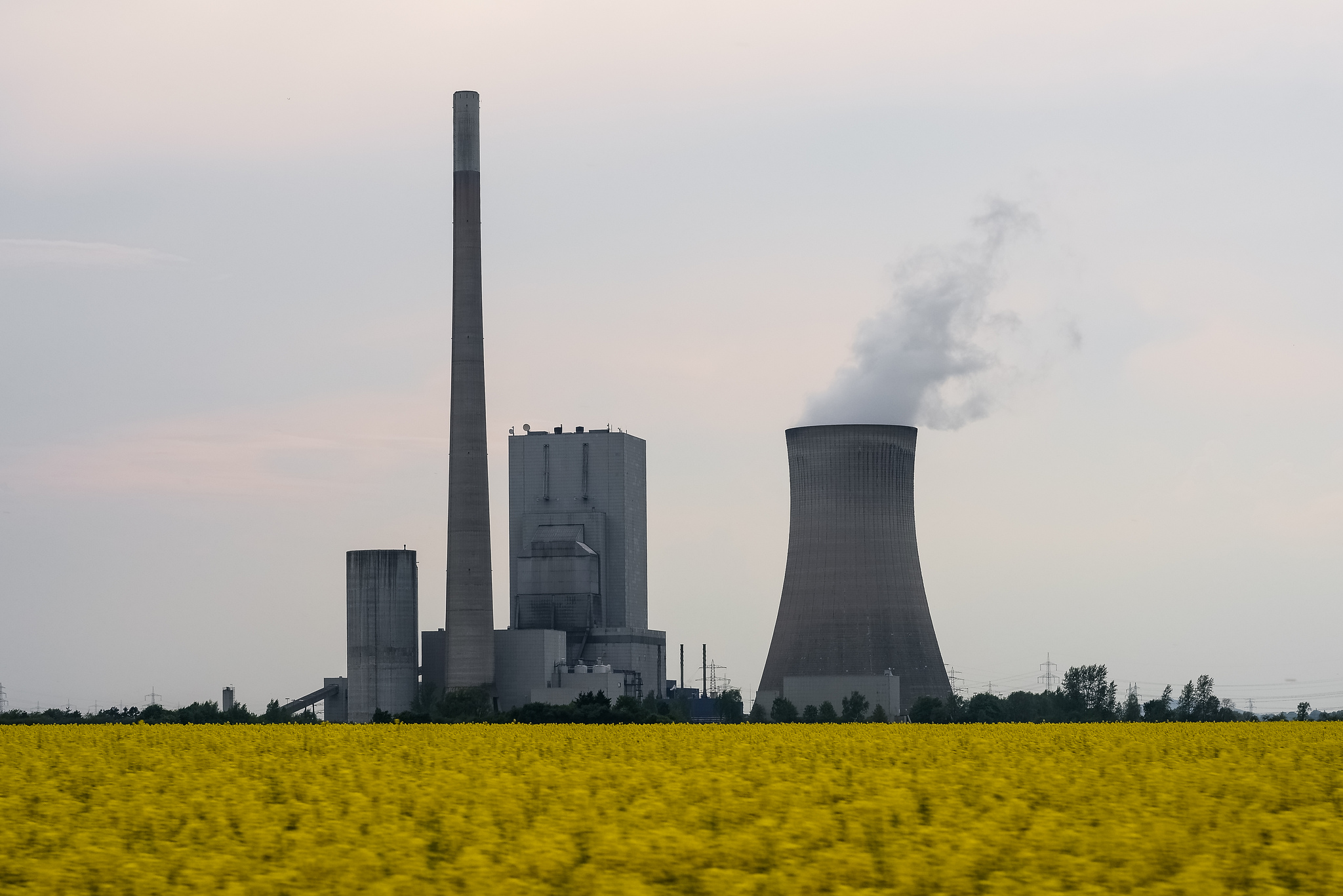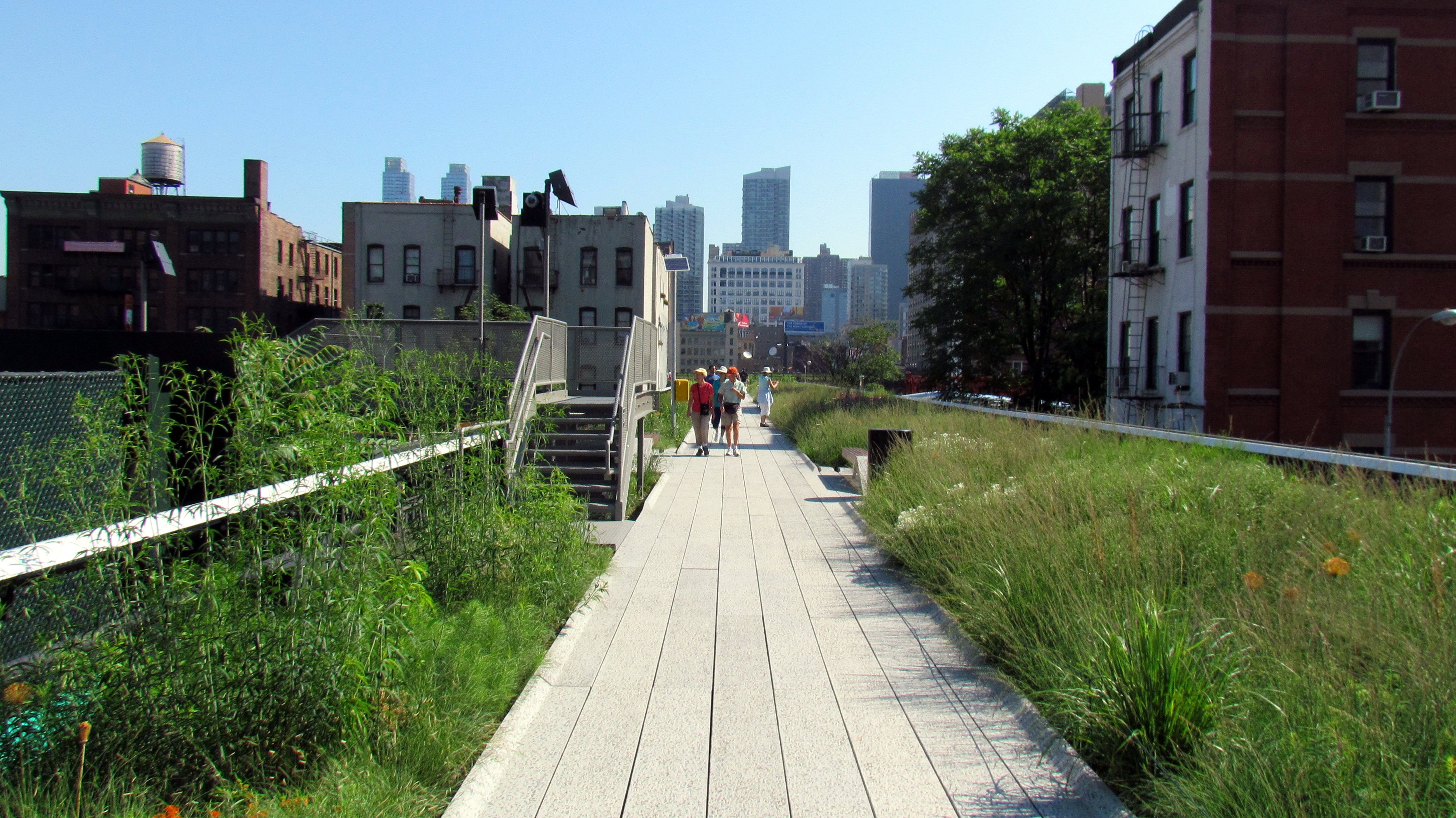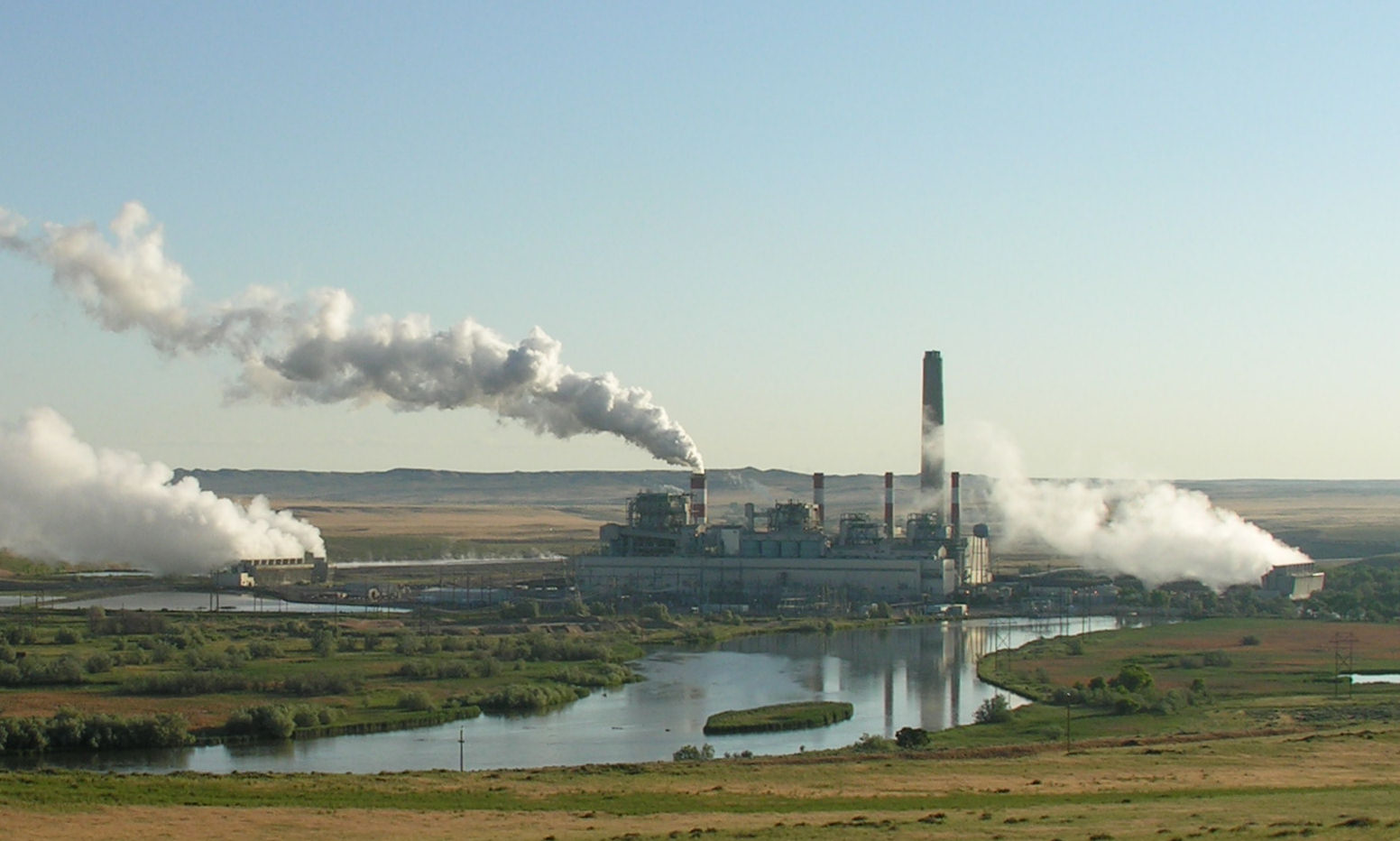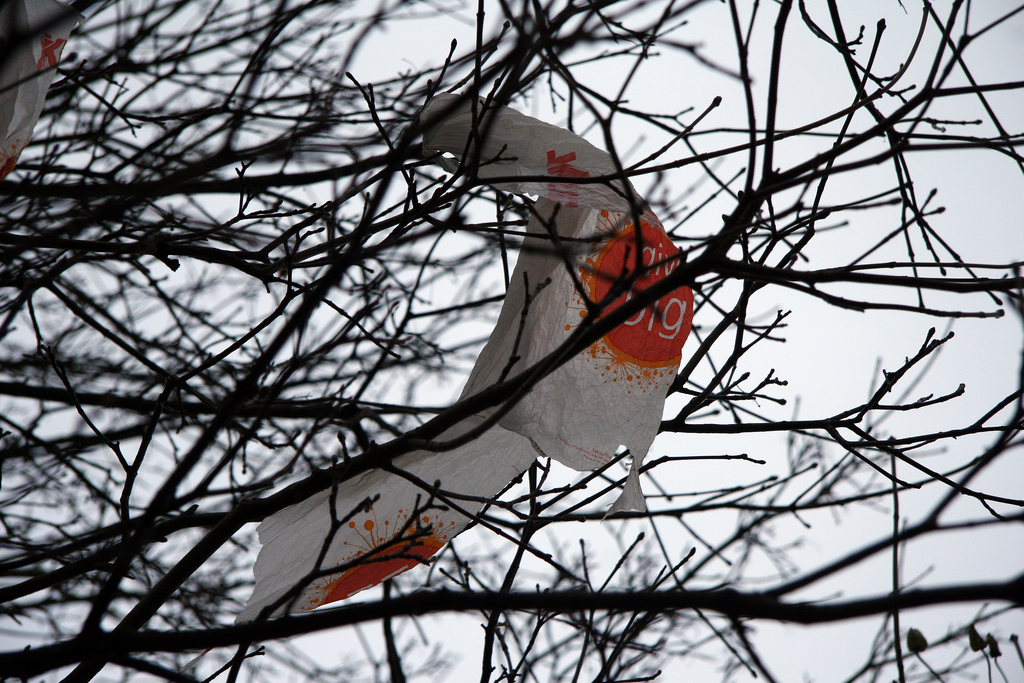Health
Climate Change And Extreme Weather
Global climate change is predicted to manifest itself in many ways over the next 100 years as average temperatures increase around the world. But we do not directly experience climate; we experience weather.
Responding To Climate Change
This week, representatives of 195 nations and the 28 member states of the European Union are meeting in Paris to try to put together the first global agreement to curb carbon dioxide emissions. Among those nations, some are already doing much better than others.
Microgrids For The Powerless
There are 1.3 billion people worldwide who don’t have access to electricity. These days, some of them have acquired hundred-dollar solar panels that produce about five watts of power. That allows them to power a couple of LED lamps in the evening and to charge a mobile phone. But that’s about all they can do with so little power.
Acorns And Lyme Disease
In New York’s Hudson Valley, it’s hard to go outside without stepping on an acorn. Oaks have ‘boom and bust’ acorn production cycles. In lean years, trees produce a handful of nuts. In boom years, acorns seem to rain down from the sky. We are currently experiencing an acorn bumper-crop, or what ecologists call a ‘mast’ year.
In some forests, there can be more than 100 acorns per square meter. This is welcome news to animals like mice, chipmunks, and squirrels. They can gorge on the bounty and stock their larders. Acorn caches help wildlife avoid predators and survive the lean months of winter. They even give well-fed rodents a jump-start on the breeding season.
For this reason, acorn “mast” years are also harbingers of future Lyme disease risk. In the summer following acorn booms, white-footed mouse numbers explode. In New York’s Hudson Valley, these mice play a major role in infecting blacklegged ticks with the agents that cause Lyme disease, Babesiosis, and Anaplasmosis.
Cary Institute disease ecologist Rick Ostfeld explains.
“The ticks that are emerging as larvae in August – just as the mice and chipmunks are reaching their population peaks – they have tons of excellent hosts to feed from. They survive well and they get infected with tick-borne pathogens. And that means that two years following a good acorn crop we see high abundance of infected ticks, which represents a risk of human exposure to tick borne disease.”
Predictions are based on 20 years of field studies that have confirmed the relationship among acorn mast years, mouse outbreaks, and the prevalence of infected ticks. Mark your calendars – 2017 will likely be a bad year for Lyme disease.
**********
Web Extra
Full interview with Rick Ostfeld, a disease ecologist at the Cary Institute of Ecosystem Studies
Web Links
Thanksgiving Turkeys
Mashed potatoes, gravy, cranberry sauce, and pumpkin pie. Thanksgiving is just one week away. Many of us will spend the next several days shopping around for ingredients, including one of this country’s oldest traditions: the turkey.
Solar Powered Water Purification
Solar energy has made a difference in the lives of refugees from natural disasters and political unrest as well as people in remote corners of the world who don’t have access to modern technology. There are various solar-powered lamps, chargers, and cookers that have been provided to countless thousands of people around the world.
Local Food In A Global World
In the Northeast, many are enjoying the last of autumn’s bounty. When we grow fruits and vegetables, we can choose to forgo pesticides, GMOs, or industrial fertilizer. When we shop at farmer’s markets, we support family farms and help maintain open space that we all enjoy.
Killer Air
Globally, air pollution kills 3.3 million people per year. And this number could double to 6.6 million people by 2050 if little is done to decrease the dangerous levels of tiny particles, toxins, and ozone in the air.
Implications of a Thousand
The first Earth Wise broadcast was on January 2, 2012. Today marks the 1000th story we have presented to you, which is cause for celebration.
Halloween Face Paint: It’s Scary Stuff
The carefree nature of Halloween has made the holiday a favorite among children and the young-at-heart. It’s a day when fantasy can be indulged. Collectively, Americans spend billions of dollars adorning stoops with Jack-o-Lanterns, filling candy bowls with treats, and transforming themselves into zombies, witches, and other creations.
Planning Cooler Cities
Anyone who has walked the streets of New York City or Washington, D.C. on a stifling summer day can attest to the fact that cities feel hotter. It’s not a matter of perception.
Coal Subsidies
Coal is the most important energy source for the Chinese economy and in a number of other places around the world. It is still the largest source of electricity in the US. It is also one of the main reasons that greenhouse gas emissions continue to increase despite worldwide technological progress and the expansion of renewable energy. New coal plants are still planned in many places and such plants will emit carbon dioxide for decades.
The Trouble With Sustainability
Since its inception, sustainability has been human-centric. It came into vogue in 1987, with the publication of a UN report called Our Common Future, which defined sustainable development as: “Development that meets the needs of the present without compromising the ability of future generations to meet their own needs.”
Reducing Methane In The Atmosphere
Methane is the main component of natural gas. It is also a potent greenhouse gas, having 25 times the heat trapping ability of carbon dioxide.
Mercury And Selenium Pollution In The Grand Canyon
The Grand Canyon Reach of the Colorado River is breathtaking and remote. For hundreds of miles, the rugged landscape renders the river virtually inaccessible to people. Those intrepid enough to explore the area are treated to red rocks, blue skies, and meandering waters.
[Read more…] about Mercury And Selenium Pollution In The Grand Canyon



